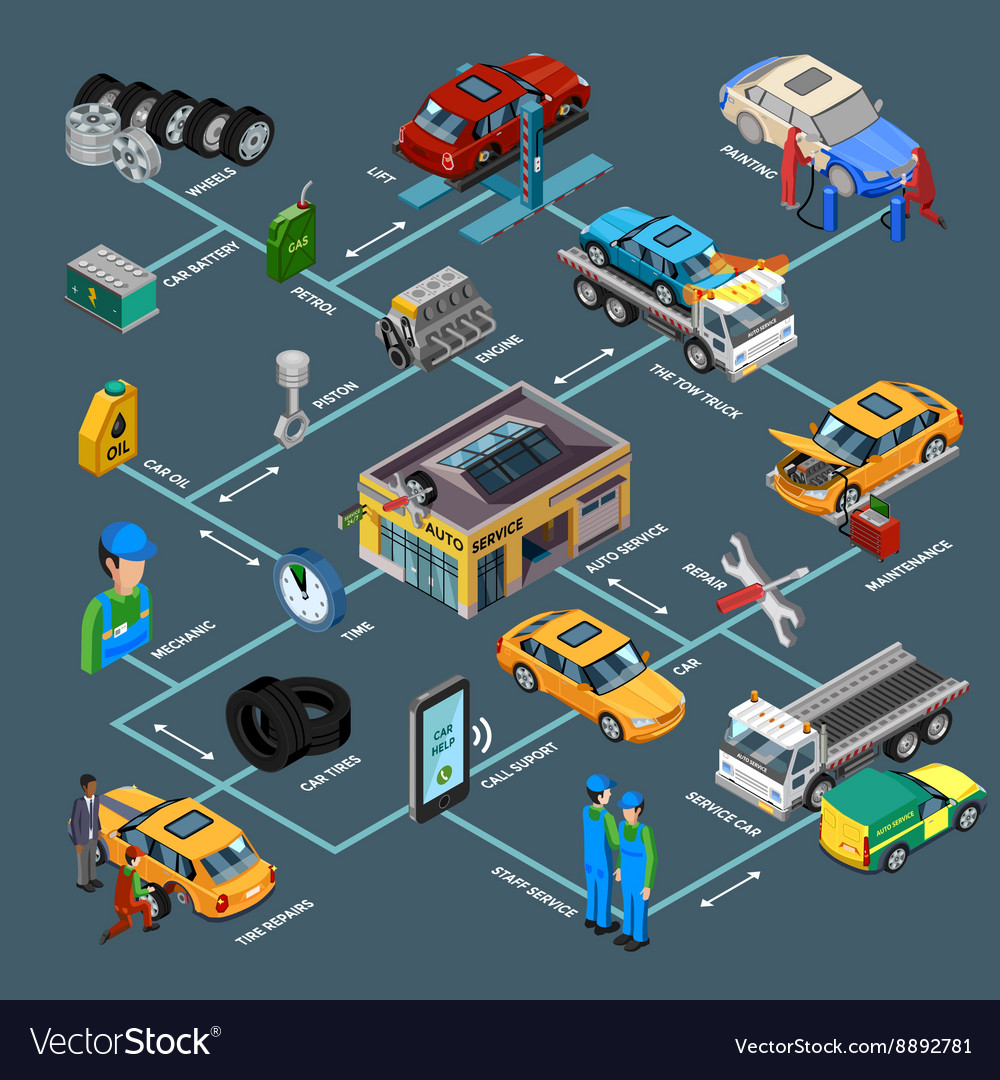Recognizing Your Vehicle'S Caution Lights: What Do They Actually Mean?
Recognizing Your Vehicle'S Caution Lights: What Do They Actually Mean?
Blog Article
visit the site By-Lim Forbes
When you lag the wheel, those glowing warning lights on your control panel can be a bit complicated. Do you understand what they're attempting to tell you about your car's health and wellness? Understanding the significance of these lights is essential for your safety and the longevity of your automobile. So, the following time among those lights appears, would not you intend to decode its message accurately and take the needed steps to resolve it?
Common Caution Lighting and Interpretations
Determine typical warning lights in your auto and recognize their significances to guarantee risk-free driving.
One of the most common caution lights include the check engine light, which signifies problems with the engine or discharges system. If this light begins, it's vital to have your lorry inspected without delay.
The oil pressure advising light suggests reduced oil pressure, requiring immediate focus to stop engine damages.
A blinking battery light may suggest a damaged charging system, potentially leaving you stranded if not addressed.
The tire pressure surveillance system (TPMS) light alerts you to reduced tire pressure, influencing vehicle security and gas performance. Disregarding this could cause dangerous driving conditions.
The ABS light indicates a trouble with the anti-lock stopping system, endangering your ability to quit rapidly in emergency situations.
Last but not least, the coolant temperature cautioning light warns of engine overheating, which can cause severe damage otherwise dealt with quickly.
Understanding these usual warning lights will help you deal with concerns promptly and preserve risk-free driving problems.
Importance of Prompt Focus
Understanding the common caution lights in your vehicle is just the first step; the importance of quickly resolving these cautions can't be highlighted sufficient to guarantee your safety and security when driving.
When a caution light brightens on your dashboard, it's your cars and truck's means of interacting a prospective issue that requires attention. Overlooking these warnings can lead to more severe problems in the future, jeopardizing your safety and security and potentially costing you a lot more out of commission.
Motivate attention to cautioning lights can stop malfunctions and crashes. As an example, a flashing check engine light could suggest a misfire that, if left unattended, can create damages to the catalytic converter. Addressing this promptly can save you from an expensive repair work.
In a similar way, a brake system advising light could indicate low brake liquid or used brake pads, crucial components for your safety when driving.
Do It Yourself Troubleshooting Tips
If you notice a warning light on your dashboard, there are a couple of DIY repairing suggestions you can try before looking for specialist aid.
The initial step is to consult your car's guidebook to recognize what the certain caution light indicates. Occasionally the concern can be as basic as a loose gas cap activating the check engine light. Tightening up the gas cap might resolve the issue.
One more common issue is a reduced battery, which can activate various alerting lights. Inspecting the battery links for rust and ensuring they're safe may repair the problem.
If a caution light lingers, you can try resetting it by separating the cars and truck's battery for a couple of mins and then reconnecting it. In addition, inspecting your automobile's fluid levels, such as oil, coolant, and brake fluid, can help troubleshoot cautioning lights connected to these systems.
Final thought
In conclusion, comprehending your cars and truck's caution lights is crucial for keeping your lorry running efficiently and safely. By immediately addressing visit the following webpage and recognizing what they suggest, you can avoid expensive fixings and prospective malfunctions.
Remember to consult your automobile's guidebook for certain information on each cautioning light and act appropriately to ensure a hassle-free driving experience.
Keep informed, remain risk-free on the road!
